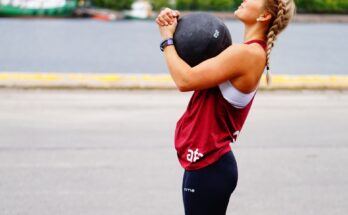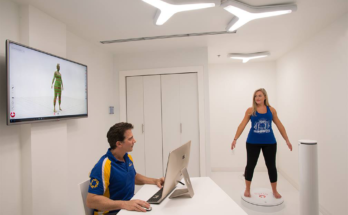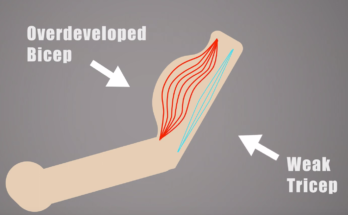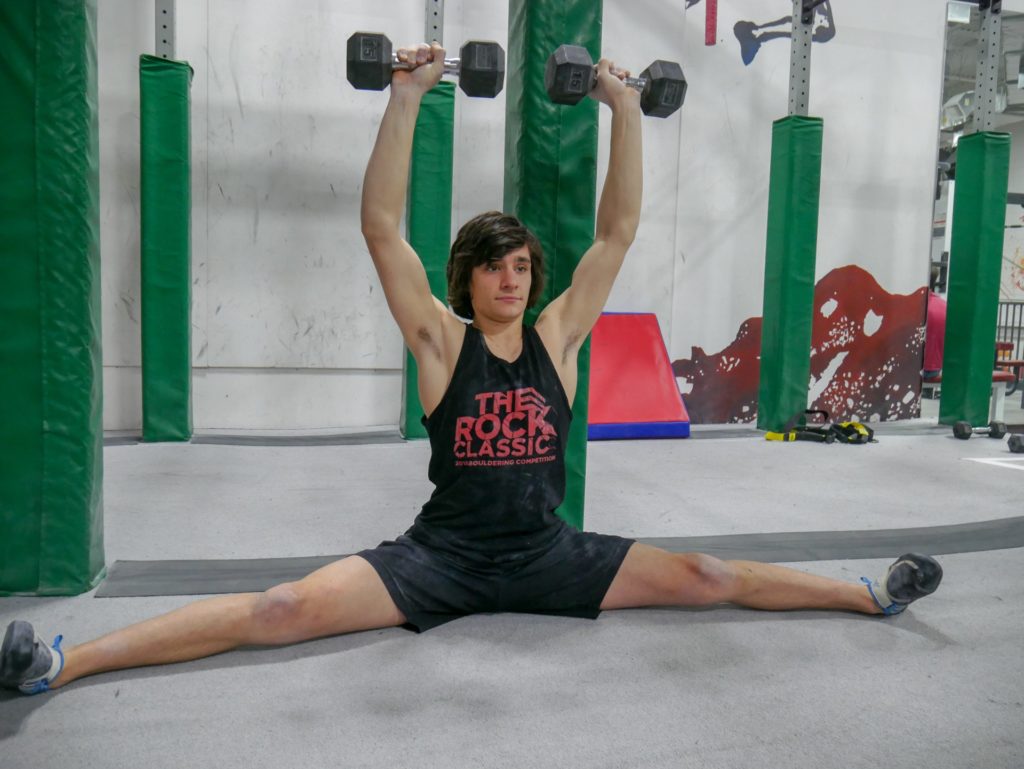
The hard reality is that for a long time stretching and activities involving stretching such as yoga have been practiced with the idea of certain expectations. Science has been steadily mounting evidence refuting many of the proposed mechanisms to stretching. What this means is we can see stretching does SOMETHING, but we aren’t quite sure what. I am going to summarize some key points from a culmination of scientific research and evidence: Quite the stretch.
One of the most conclusive analyses I’ve ever read on stretching has been steadily evolving for over 15 years now, constantly updating research and sources. Quite the stretch over at painscience.com breaks down all of the things we think stretching does, why it feels good, why it doesn’t do what we think it does. This analysis cites a tremendous amount of studies and all of the evidence for any points made in this summary can be found in there. Most of what I reference in this post is going to come from that. To take from the article:
“Stretching just doesn’t have the effects that most people hope it does. Plentiful research has shown that it doesn’t warm you up, prevent soreness or injury, enhance performance, or physically change muscles. Although it can boost flexibility, the value of this is unclear, and no other measurable and significant benefit to stretching has ever been proven. Regardless of efficacy, stretching is inefficient, “proper” technique is controversial at best, and many key muscles are actually biomechanically impossible to stretch — like most of the quadriceps group (which runners never believe without diagrams). If there’s any hope for stretching to be medically useful, it might be a therapeutic effect on muscle “knots” (myofascial trigger points), but even that theory is full of problems.”
The science pretty much shows that other than feeling good, stretching doesn’t seem to do much. The implications of habitual stretching seem to mostly be psychological. I think it’s important to understand a few things if you’re going to experiment and continue to stretch. I’ve talked about Anecdotal Evidence before and its relevance.
Some pros and cons to stretching include:
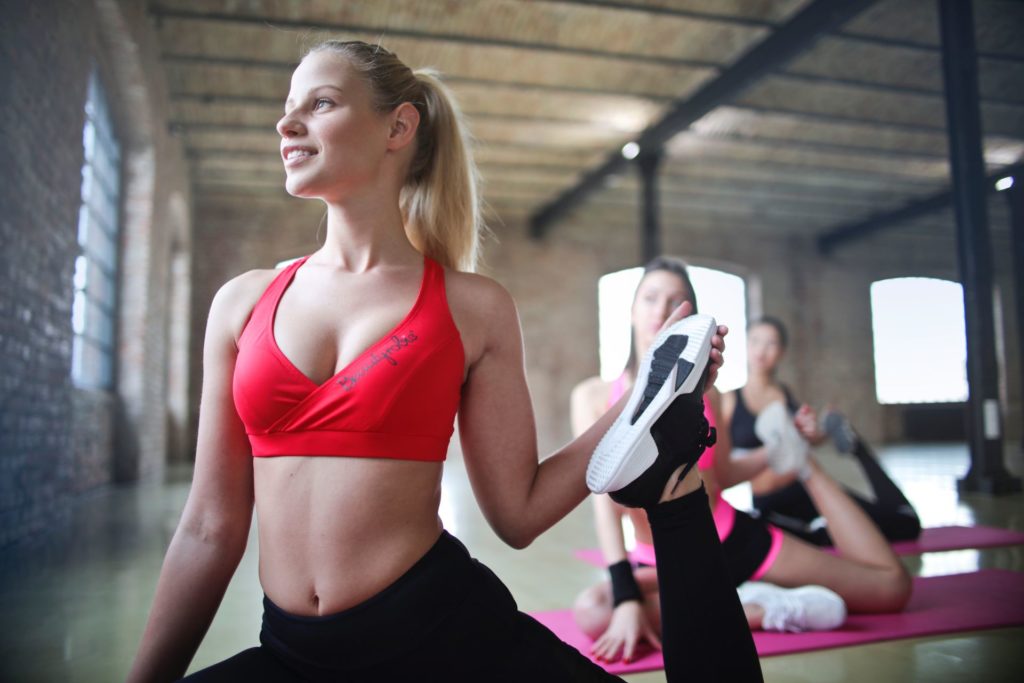
– Stretching before activity will reduce explosive strength and might increase injury risk.
– Being too flexible isn’t always a good thing and might reduce a joints protection from injury.
– Injury risk such as sprains and pulls in activities like yoga is just as high as other sports.
– It doesn’t look like stretching actually alters muscle length at all.
– Becoming more flexible through stretching is probably neurological, and we are just increasing our tolerance for stretching, not our muscle lengths.
– Some muscles we think we’re stretching are anatomically impossible to get a good stretch on, such as the quads and even lats.
+ Stretching does seem to temporarily reduce pain in some circumstances.
+ Stretching does lead to a temporary increase in mobility.
+ Stretching feels good.
So what do I do?
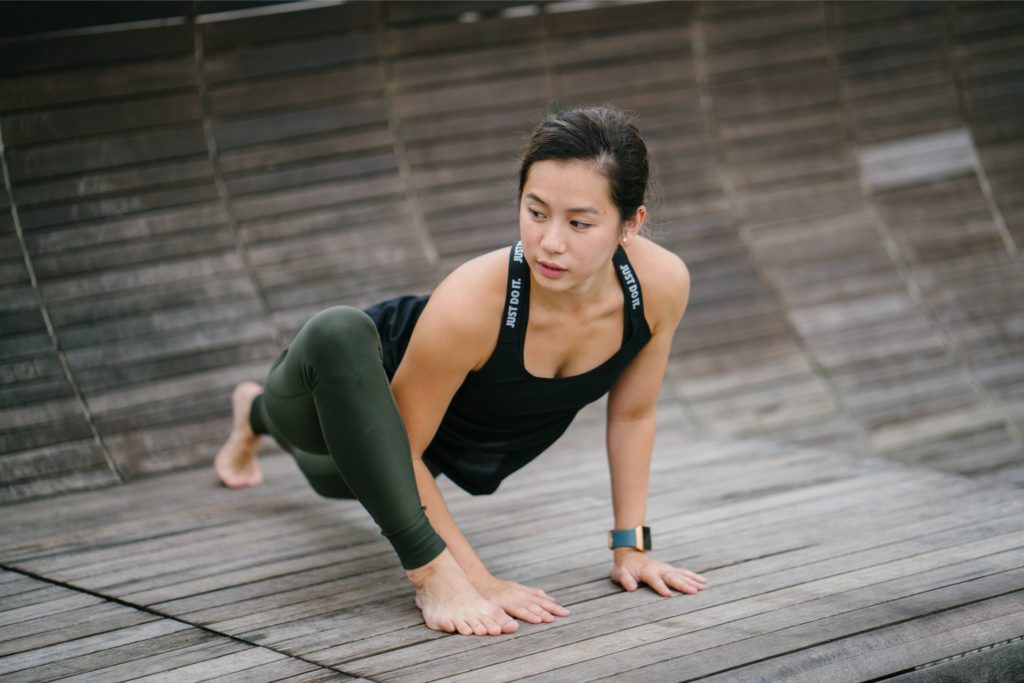
The takeaway from this is that more research is needed to continue to understand stretching and whether its mechanism is neurological or just not there at all. If you’re interested in the research that supports these claims, check out Quite the stretch. If you’re going to stretch, it’s probably best to do it after exercise as it reduces muscle strength and might lead to injury. Stretching specific muscles restricting an exercise might be beneficial between sets, but only to temporarily increase the stretch tolerance so the exercise can be performed.
Stronglinks Position
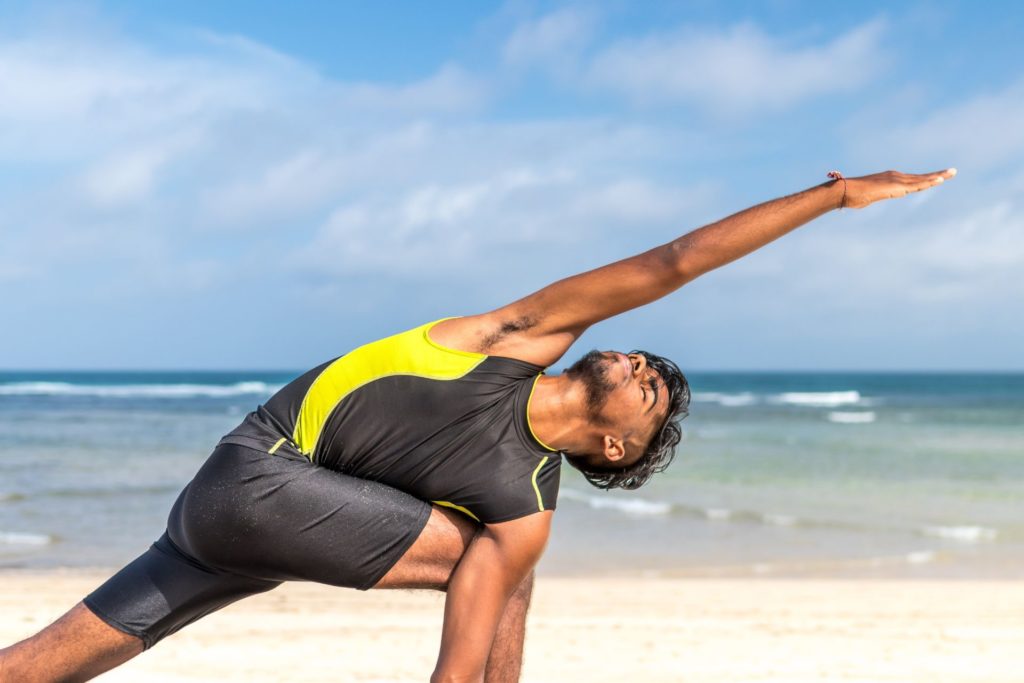
Strengthening a muscle remains the most relevant and validated strategy and exercise is what accomplishes that. The exercise selection, programming strategies, sports specific training, frequency and intensity of exercise are the bread and butter of athletics. Stretching is a big component in many approaches to muscle imbalances and corrective exercise techniques. Quite the stretch talks about the possibility stretching might assist working out muscle knots, although there are a lot of caveats to the theory. On StrongLinksFitness I include stretching techniques under the corrective exercise section. I want to provide the complete strategy that is discussed in mainstream literature but do my best to frame its controversial efficacy. We do everything we can to stay current with the research and alter our strategies to programming and exercise accordingly. We strongly believe in a fact-based approach but also understand that if there isn’t enough research, anecdotal evidence might warrant experimentation.

